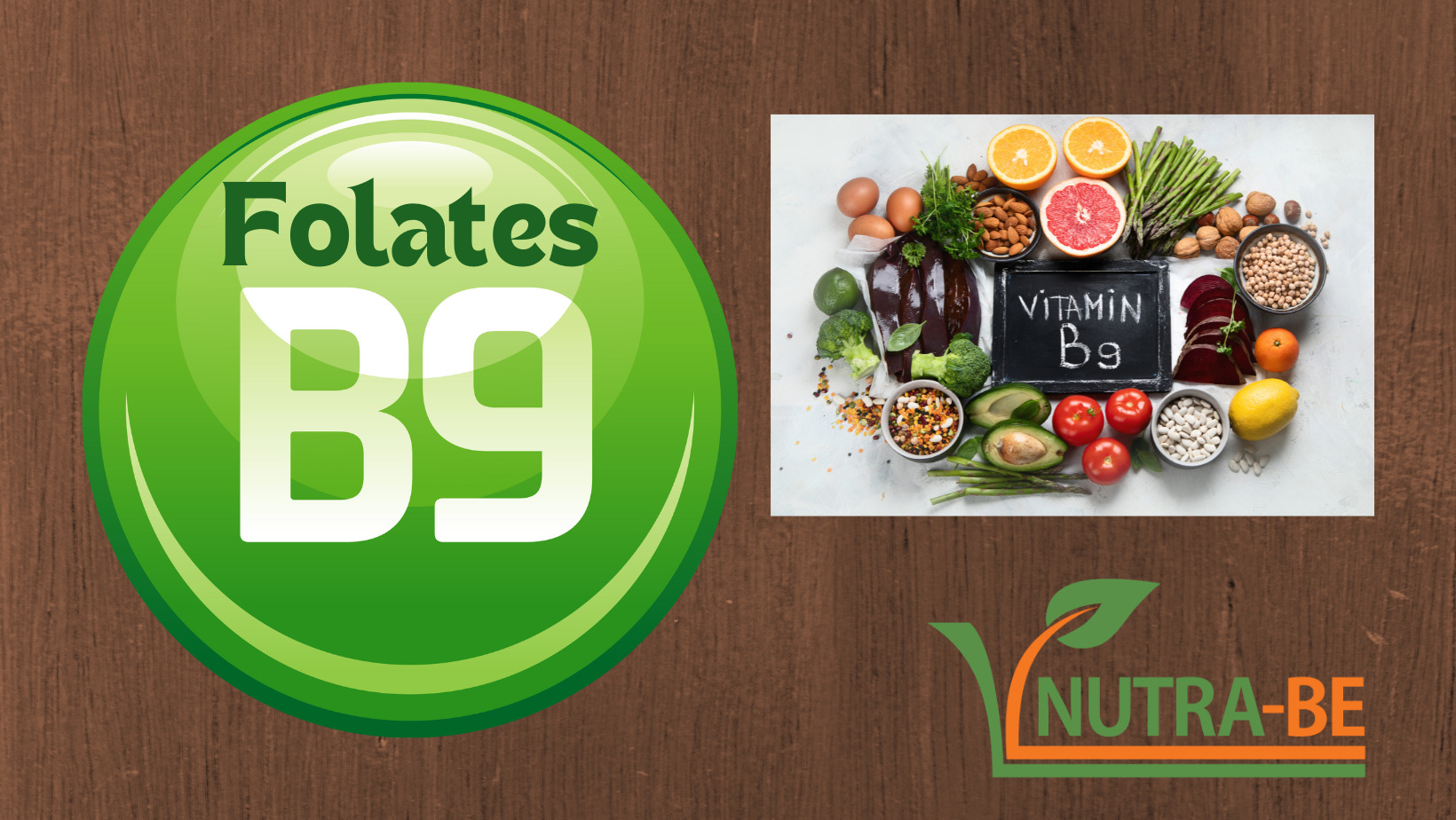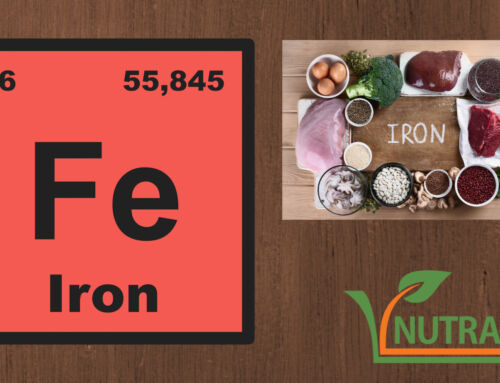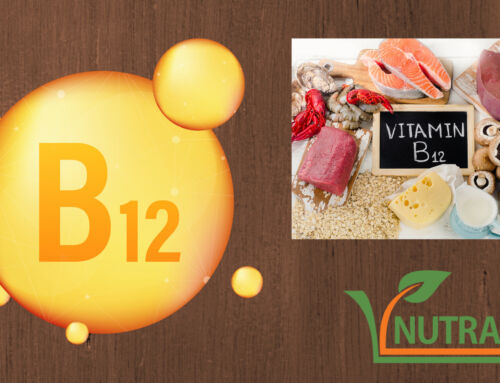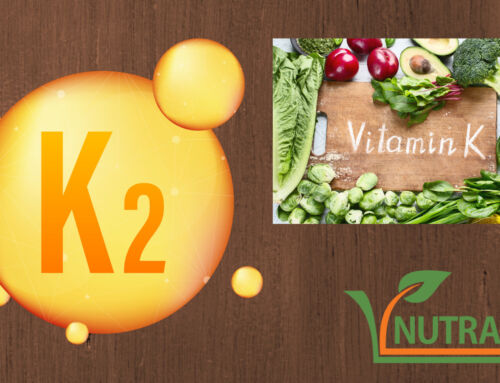FOLATES: WHAT ARE THEY?
Folate, or vitamin B9, is one of the B vitamins. Chemically, folates consist of three distinct chemical groups linked together. The pterin (2-amino-4-hydroxy-pteridine) heterocyclic ring is connected by a methylene bridge to a p-aminobenzoyl group which, in turn, is linked by an amide bond to glutamic acid or polyglutamate.
Among the various forms, calcium methylfolate is the active one: it is characterised by rapid availability, as it is used by the body without undergoing further biotransformation processes.
FOLATES IN FOOD
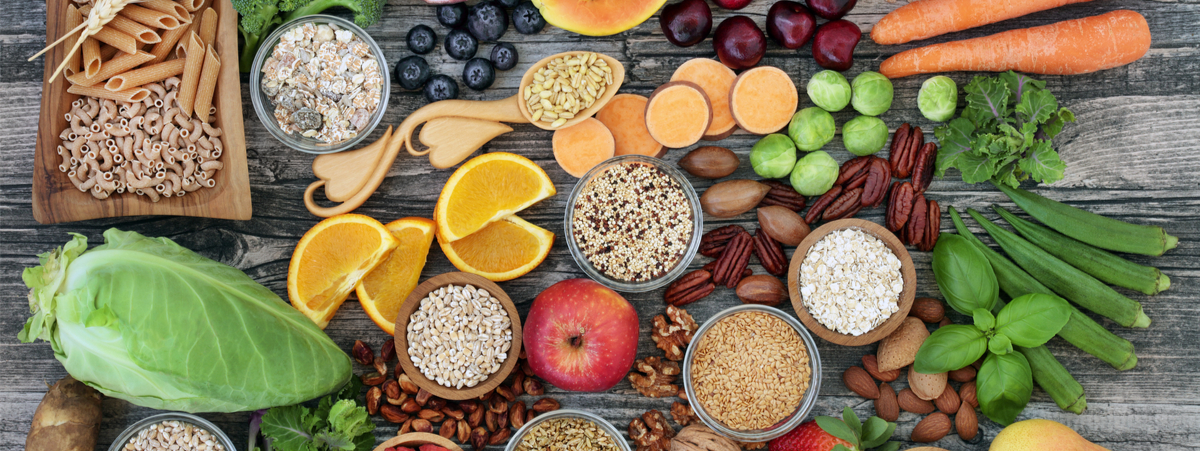
Folates
Folate naturally present in food is susceptible to destruction by cooking at high heat, especially in the presence of acidic foods and sauces. In addition, being water-soluble, folates may be lost in foods subjected to boiling.
For foods that are normally cooked, the folate value detectable after heat treatment is as follows:
| Plant food | Folate amount μg/ 100 g weight |
| Peanuts | 246 |
| Sunflower seeds | 238 |
| Lentils | 181 |
| Chickpeas | 172 |
| Asparagus | 149 |
| Spinach | 146 |
| Lettuce | 136 |
| Soya | 111 |
| Broccoli | 108 |
| Walnuts | 98 |
| Peanut butter | 92 |
| Hazelnuts | 88 |
| Avocado | 81 |
| Turnips | 80 |
| Black cabbage | 65 |
| Bread (not fortified) | 65 |
| Savoy cabbage | 46 |
| Red peppers | 46 |
| Cauliflower | 44 |
| Tofu | 29 |
| Potatoes | 28 |
| Animal feed | Folate amount μg/ 100 g weight |
| Chicken liver | 578 |
| Calf liver | 331 |
| Cheese | 20-60 |
| Salmon | 35 |
| Chicken, meat | 12 |
| Beef, meat | 12 |
| Pork, meat | 8 |
| Yoghurt | 8-11 |
| Whole milk | 5 |
| Salted butter | 3 |
FOLATE FOOD FORTIFICATION
As of 21 December 2018, 81 countries have required food fortification with one or more vitamins: the most commonly fortified vitamin, used in 62 countries, is B9.
The most commonly fortified food is wheat flour, followed by maize and rice flour, with added amounts of folate varying in the range of 1.5 to 2.5 μg/ 100 g.
THE ROLE OF FOLATES
Folate is known for its role
- In the cellular synthesis of DNA, RNA and proteins.
- In the processes of cell differentiation and duplication, e.g. of blood and skin cells.
- In the formation of the embryo.
- In synergy with vitamin B12 and vitamin B6, in the metabolism and control of homocysteine values, a sulphur amino acid of which a high concentration in the blood is considered a cardiovascular risk factor.
FOLATE DEFICIENCY
Therefore, a folate deficiency can lead to:
- Anaemia.
- Risk of severe foetal malformations, such as neural tube defects, such as spina bifida and anencephaly: Neural tube defects occur early in pregnancy, especially in the first month, which is why women should have abundant levels of vitamin B9 at the time of conception. A diet rich in fruit, vegetables and pulses (sources of folate) can help reduce the incidence of birth defects; however, food alone is not always sufficient to cover daily requirements, so a diet with food supplements containing folate is necessary during pregnancy. Numerous studies have shown that folate/folic acid supplementation during pregnancy is effective in preventing neural tube defects, reducing the risk of birth defects by up to 70%.
